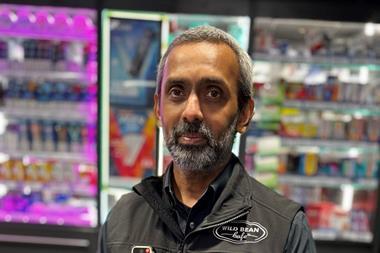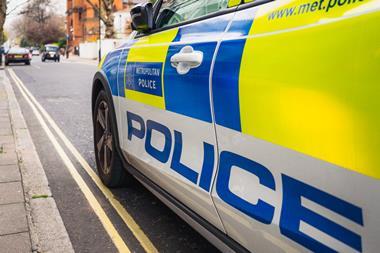he 2015 tobacco display ban may have played an important role in the 17% drop in the number of children buying cigarettes from shops seen between 2010 and 2016, new research from Imperial College London suggests.

According to the study, which assessed survey responses from 18,000 11-15 year olds from across England between 2010 and 2016, 40% of children who smoked regularly said they bought their cigarettes in shops. This is down from 57% in 2010.
Anthony Laverty, lead author of the research from the School of Public Health at Imperial College, said: “Seeing cigarettes displayed in shops is linked to smoking, especially among children.
“This research shows that removing displays made tobacco less visible to children, and that fewer of them bought cigarettes there.”
The team acknowledged that other measures were put in place between 2010-2016 that may have helped reduce smoking rates, such as the ban on cigarette vending machines and higher taxes.
Laverty added: “During this time adult smoking rates have fallen and higher taxes have increased the price of tobacco.
“All these factors have a role to play, and these findings suggest removing cigarette displays are an important component. Smoking rates fall fastest when complimentary measures are put in place.”
However, while the results were encouraging, more work was needed to ensure effective tobacco control, the report’s senior author Nicholas Hopkinson, from Imperial’s National Heart and Lung Institute, added.
“Our findings suggest it is still too easy for children to purchase cigarettes in shops. Enforcement is important, but government cuts have meant that councils have seen a 56% reduction in trading standards officers between 2009 and 2016,” he said.
Imperial College is calling for a licensing system for tobacco retailers - similar to that seen for alcohol - which could be paid for through a levy on tobacco industry sales.
Hitting back at the call, ACS chief executive James Lowman said: “Convenience stores play an important role in preventing the sale of age restricted products to underage customers, and we have led the industry in introducing policies like Challenge 25.
“The most common source of tobacco for young people is from friends or family members, which would not be addressed by the introduction of a tobacco licensing system.”
According to the Imperial College report, which cites NHS figures, 65% of child smokers said it was “easy” to buy cigarettes in shops in 2016.
However, just 4% of 11-15 year olds in the sample had attempted to buy cigarettes in a shop in the last year, and of those, around two thirds were refused the sale of cigarettes at least once.
Additional figures from the NHS ‘Smoking, Drinking and Drug Use Among Young People’ survey also show that the percentage of 11-15 year olds that have ever smoked has been in steady decline, falling from 49% in 1996 to 19% in 2016.






















No comments yet